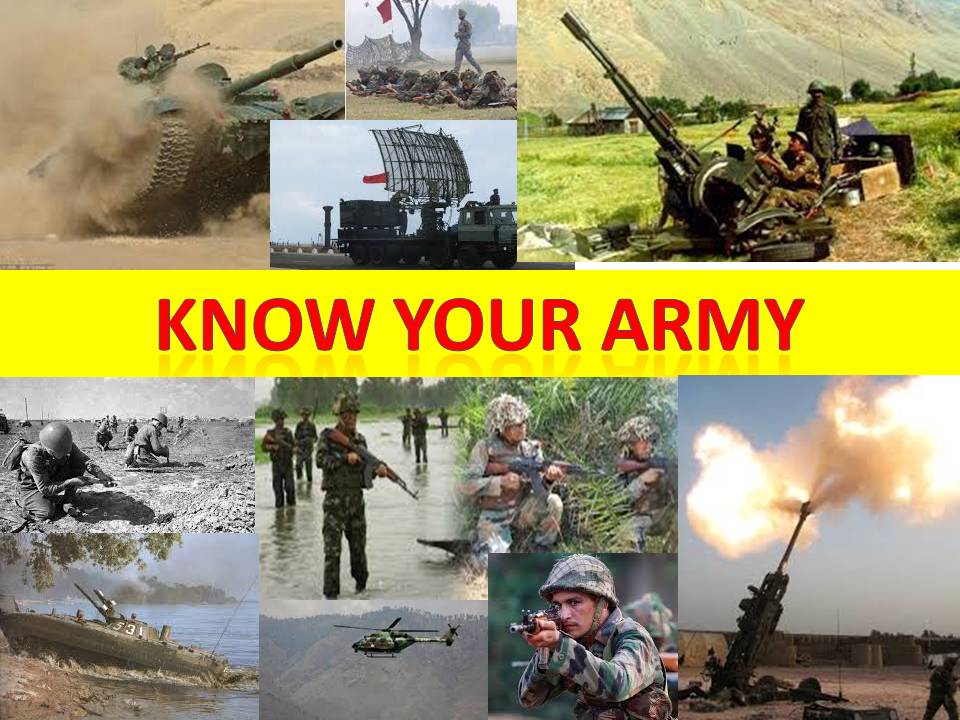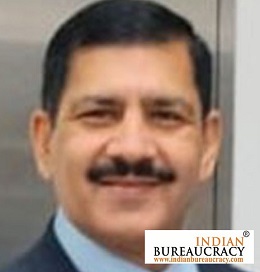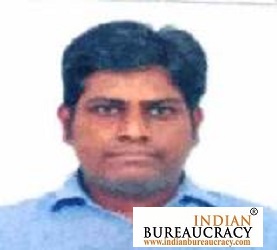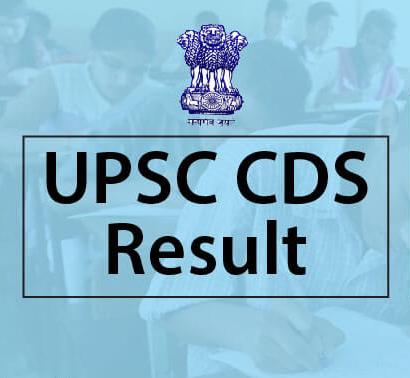Back ground for this Read !!
- The armed forces in India comprise of the Army, Navy and Air force, which function under the Ministry of Defence (MoD). Besides this, India has para military forces or Central Armed Police Forces like the Border Security Force(BSF), Central Reserve police Force(CRPF), Central Industrial Security Force(CISF), Indo Tibetan Border Police(ITBP) which function under the Ministry of Home Affairs(MHA). Akin to BSF on land, the Coastal Guard is a maritime force which also functions under MHA.
- What is a “Unit” . A Unit is a single entity of armed forces, which has its own budget and financial powers. In Army, it is headed by an officer with rank of Colonel, and as a head of the unit is empowered to take decisions on meeting the operational, administrative and logistical requirements of the unit. The Army has three broad categories under which its units are categorized viz – The Arms, The Supporting Arms and The Services
- The Arms – The units which are directly involved in direct battle with the enemy are called The Arms. These are
- Infantry Infantry moves on foot in battle and their role is to defend an area from the enemy or attack an enemy position in plains, jungles, deserts, mountains. They have to carry their all requirements of food, water, weapon, ammunition etc on person.
Infantry units are equipped differently for deserts, mountains and plains or for special operations.
- Armoured They move on tanks with speed and destroy enemy forces. They can only operate in deserts as well as plains. They operate in extreme conditions of heat and dust. However, Indian army has sent tanks to Zozi La also in the past.
- Mechanised Infantry It was realised that the infantry cannot move with the speed of tanks, hence Infantry Carrier Vehicles (ICV) were made which move with tanks. They have a smaller gun and do not have much protection, but can carry about 10 soldiers. Once they reach the location, their role is same as infantry.
- Corps of Engineers They have multifarious roles such as making roads, bunds, laying mines, laying bridges etc. They have equipment like Bridge Laying Tanks(BLTs), Mechanical Mine layers(MML), dozers, JCBs etc. Once they complete their primary tasks, they may be asked to assist the infantry.
- The Supporting Arms These are the types of units which indirectly support the battles being
fought . These are:-
- Regiment of Artillery This is the Topkhana and has all types of guns and surface to surface missiles. They have light guns, field guns, medium guns, heavy guns, Howitzers(guns which can fire at angles > 45 degree), Multi Barelled Rocket Launchers(MBRL), surface to surface missiles.
- Army Air Defence These units have anti aircraft guns, anti aircraft missiles and radars. Their role is to detect and shoot down enemy aircraft. They have to function in conjunction with the Army and own Air Force so that own aircraft are not endangered by their fire.
- Signals They are responsible to provide the communication network to all units of the army. They provide line as well as wireless communication and are also responsible for frequency management, Electronic monitoring etc.
- Army Aviation The officers in these units fly helicopters for various missions in the battle field such as to observe the enemy, help commanders in an aerial view of the battlefield, casualty evacuation as well as direct own artillery fire on to the enemy.
- Military Intelligence They are responsible for collecting intelligence about the enemy as well as take steps to counter efforts of enemy intelligence agencies to prevent them from getting information about own forces.
- The Services Battle cannot be fought without logistics back up. Thus there are units which
provide the logistics back up to the units fighting as well as units which are supporting. These are:- Ø Army Service Corps(ASC) They are responsible for contracting, procuring, stocking, provisioning and supply of rations, FOL(Fuel, oil & lubricants). They also hold additional vehicles for any need. They can hire civil trucks and light vehicles as per requirement. In mountains, they have mules and porters for the same purpose.
- Army Ordnance Corps(AOC) They are responsible for provisioning, stocking, holding and supply of all types of clothing, weapons, ammunition, vehicles, tents, equipment of all types as well their spares and assemblies.
- Electrical and Mechanical Engineers(EME) They are responsible for establishing workshops for repair and maintenance of all equipment held by the army.
- Army Medical Corps(AMC) As the name suggests these units have Drs and they run the Military hospitals as well as the field hospitals in the battlefield.
- Remount Veterinary Corps(RVC) These units are responsible for training and looking after animals in the army ie dogs, mules and horses.
6. Organisation
- The Indian Army is organised as five operational Commands and one training Command. The operational Commands have one or more Corps under them which are the actual fighting organisations having all types of units under them. Each Corps has two or more Divisions under them which have arms, supporting arms and services. Division is the lowest entity which can fight a coordinated battle on its own. Each Division has two or more Brigades of one or more types (Infantry Brigade, Armoured Brigade, Artillery Brigade). Each brigade has two or more units under it of the same type ie Infantry, Artillery or Armoured/ Mechanised Infantry.
- However, directly under the Corps, there is an Air Defence Brigade, Engineer Brigade. Each of these have different types of Air Defence and Engineer Units under them respectively.
- Rashtriya Rifles and Assam Rifles These units are formed and funded by Ministry of Home Affairs(MHA) but are operationally under the Army. While Rashtriya Rifles operate in J&K, Assam Rifles operates in the North Eastern region. The officers and jawans are posted from regular army units.
Conclusion
8.It must have been evident to the reader that each type of unit has a specified role in war and therefore the officers and jawans need to be skilled in the specialised tasks to be carried out by them. Each type of unit has specialised equipment, weapons which need to be mastered to be able to perform flawlessly in war. The Army is known for its traditions, ethos, spirit-de –corps and values which make it a class apart from other organisations.
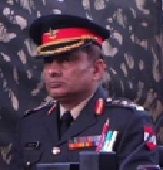
About the Author: Col Manoj Mehrotra is an alumni of the National Defence Academy and has now retired after 33 years of service. He was commissioned in the Army Air Defence and has a rich experience in different designations as well as locations. He has also been Principal Consultant to Department of Urban Development, Govt of MP for Smart City Projects. The views and opinions stated in the article are his personal .


